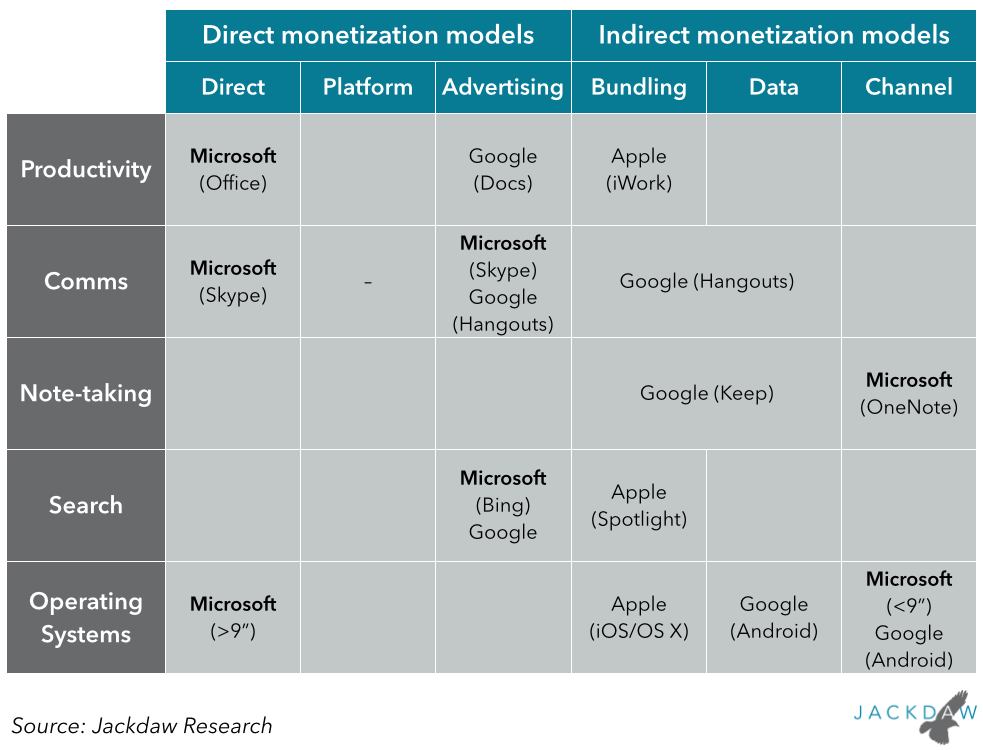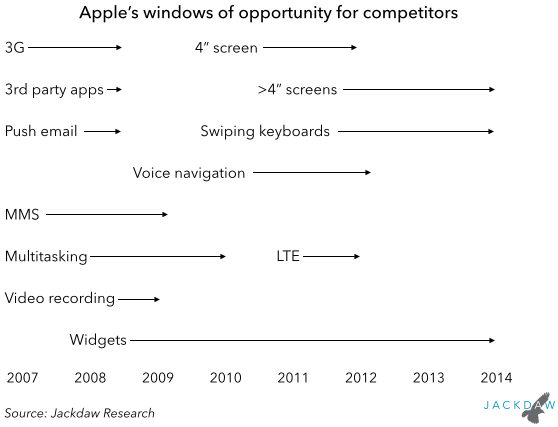There are reports today that Apple is planning to “shutter” the Beats Music service, which seem to be causing consternation, surprise, and comparisons to Google’s acquisition and subsequent dumping of Motorola. As I see it, there are a couple of different ways of interpreting the news, and although one of them would indeed be shocking, the other is entirely predictable, and that’s the way we should be interpreting this.
Two ways to interpret the news – one is clearly wrong
The first way to interpret this is that Apple is shuttering the Beats Music service as it currently exists in order to replace it with an Apple and/or iTunes-branded replacement using Apple’s delivery technology, label relationships and so on rather than those developed by Beats. This was an entirely predictable development and one which everyone should have been expecting from the beginning. Why would Apple acquire a product like this and simply let it continue as it is without either wrapping it into the Apple fold, slapping an Apple brand on it and integrating it with the broader Apple ecosystem? Especially when Beats Music wasn’t a massive hit with consumers in its current form? The Beats Music service only makes sense as an acquisition in the context of the broader iTunes service, which lacks an on-demand subscription option without it.
The second way to interpret this news is that Apple is shutting down the service entirely without any plans to replace or integrate it into iTunes, and that seems to be how many people are interpreting it. The reports from Re/code and others seem to be refuting this interpretation, though without much detail behind the refutation. But under this interpretation of events you’d see the Beats Music service shuttered at midnight one night, never to be seen again, and with no replacement lined up from Apple. That’s patently incredibly unlikely, especially given Apple’s assurances at the time of the acquisition.
What does the Beats replacement look like?
What, then, is likely to replace Beats when it is wound down and/or wrapped into iTunes proper? I see several elements:
- it fills the on-demand subscription service hole in iTunes, possibly with subscription and ad-supported elements (though I think the latter is unlikely given both Apple and Iovine’s insistence that music command a proper price)
- it incorporates some recommendation and curation elements from Beats Music
- it introduces a new format, as alluded to in U2’s recent interviews, which adds more to the classic album format than just the music.
There will almost certainly be some sort of migration path and/or grandfathering in of the smallish number of existing Beats Music customers.
Timing – “one more thing” in October?
When might we see this new service make its debut? I’d argue pretty soon, especially given today’s reports. It might make a good “one more thing” at Apple’s October event, if that happens. It would also nicely reintroduce a music theme to Apple’s fall events which has been missing since the iPod began playing second fiddle to the iPhone and iPad.
Beats was never about one thing
As I wrote in my original Apple/Beats post, the Beats acquisition was never about just one thing. Rather, it combined the headphones business, the music subscription business and the relationships and expertise of Jimmy Iovine and Dr Dre in one package. As such, the comparison to Google’s acquisition of Motorola may perhaps be apt in that Google got significantly more than just Motorola’s handset business when it bought it (including patents and the set-top-box business sold shortly after the acquisition). The Beats Music service in its broadest sense – the customers, the service, the technology and expertise behind it – was just one part of that acquisition. Of that, only the service as it currently stands, arguably the least-valuable part of that package, will go away. All the rest – inasmuch as it’s valuable – will be incorporated into what Apple ends up launching off the back of it. And then there’s the headphone business, which is both a lucrative business in its own right and potentially a jumping-off point for new products from Apple under both the Beats and Apple brands. As such, these reports – even if true – are the furthest thing from an admission of failure of the Beats acquisition imaginable.
 Taking each of those lines in turn: Continue reading
Taking each of those lines in turn: Continue reading 

